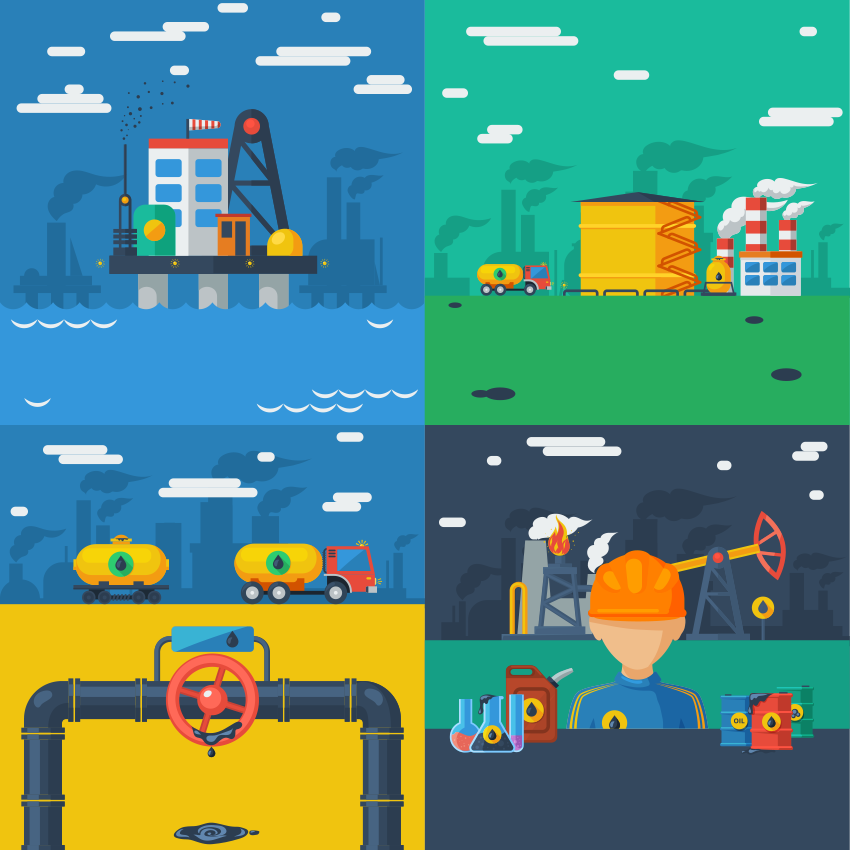
Non-renewable
energy sources
Non renewable energy sources are energy sources that can not be renewed meaning that they can be fully used only once. Those sources are: coal, oil, natural gas, nuclear energy.
Coal, oil and gas are often called fossil fuels and currently represent the majority of energy sources in the world. There are two primary issues connected to non renewable energy sources : they are limited and heavily polluting. Burning fossil fules releases a large amount of carbon dioxide as well as a large amount of other toxic compounds that lead to global warming. This phenomenon causes the rise of air and ocean temperatures, acid rains, city pollution and disruption of forest eco systems.
WHAT IS THE CONSEQUENCE?
IMPACT ON THE ENVIRONMENT
An intensive increase in the global needs for energy, as also the influence exerted therewith on the environment and the society as a whole, compells us to review and verify our views to fossil and non-renewable energy sources.. Seeing how the main cause of global warming is using non-renewable energy sources, investing in technologies that use renewable energies is a necessity as well as an opportunity and example on how to produce energy while preserving the environment.
Nuclear fuels don’t release carbon dioxide into the environment, however byproducts of the nuclear reaction are radioactive for years and require storage in concrete pools and underground bunkers.

Renewable
energy sources
Renewable energy sources are energy sources that can be fully or partially renewed, i.e they can be used in perpetuum. Some of more significant renewable energy sources are:
biomass, biofuel, sun, wind, water energy, tidal energy, geothermal energy and gas from waste plants.
Renewable energy sources do not pollute as much as non-renewable ones and their usage potentials are far greater, almost limitless.





